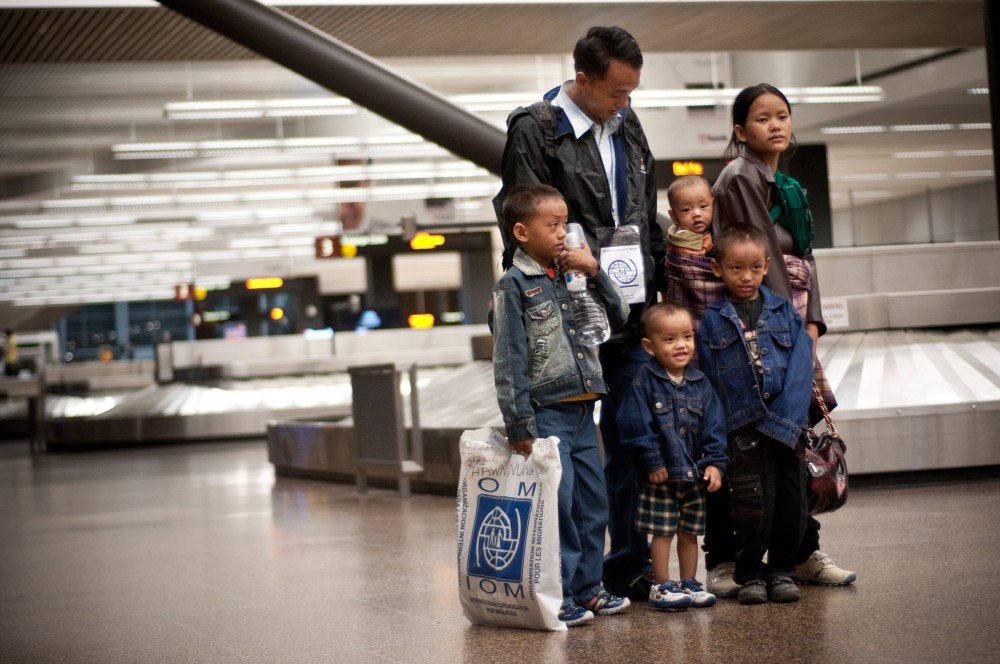Groups resettling refugees fight for survival
Hundreds of U.S.-based workers have lost their jobs in the past year. Many of them are refugees themselves.

Eight years ago, John Giri, a refugee from Bhutan, came to the United States and then began to help others resettle in this country.
After working for a tortilla company in Atlanta, he landed a job as an interpreter for World Relief, the same evangelical Christian organization that had helped him adapt to life in the United States after almost 20 years in a refugee camp in Nepal.
“I came as a refugee—I know the process,” he said. “I have been through all the difficulties of life in a refugee camp and know what it is to be a refugee.”





